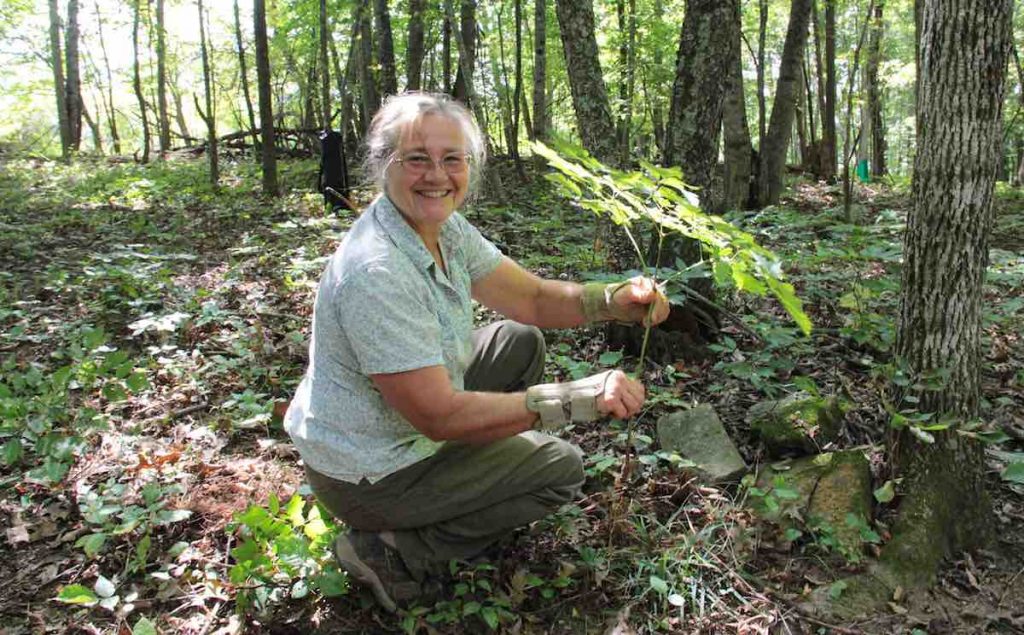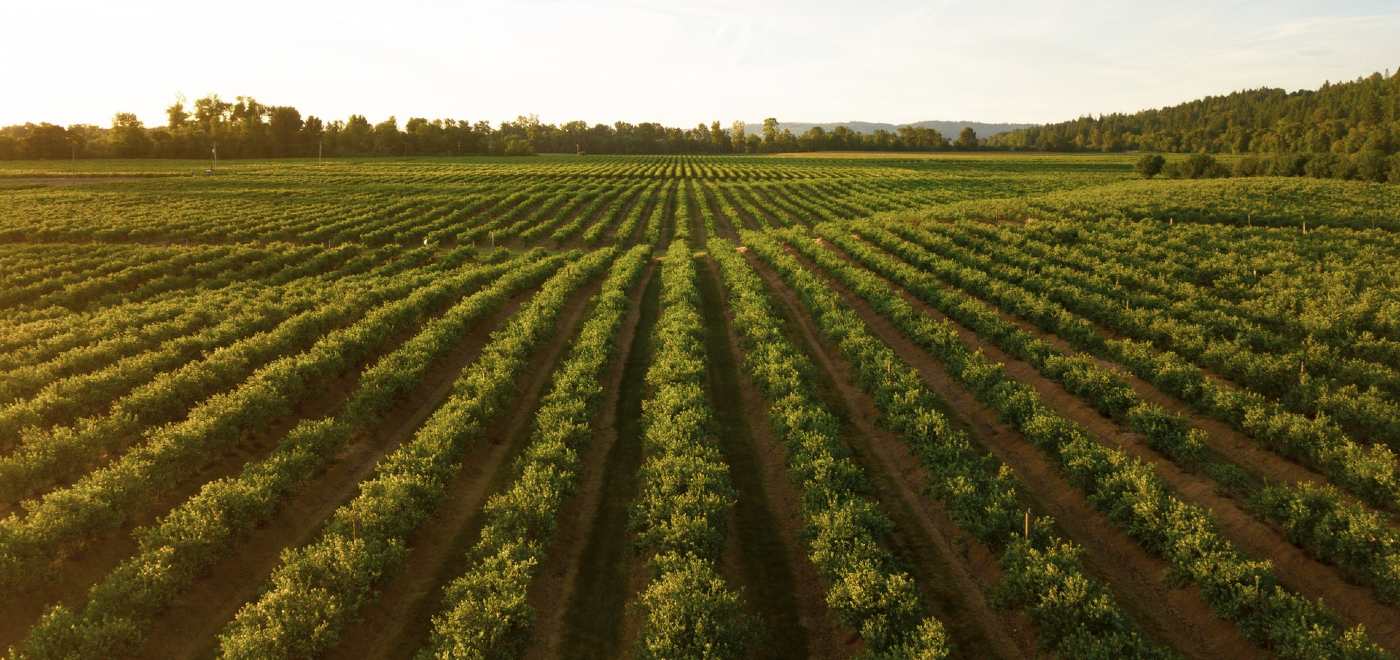Scientists, farmers, the USDA, and governments, are rallying around an idea that will see tons of carbon pulled out of the atmosphere and put back into the ground.
Regenerative farming practices aren’t new, but it’s new that the President of the United States should be talking about them.
A large study from the Nature Conservancy, one of the oldest environmental groups in the U.S, has shown that a particular kind of no-till farming involving the planting of cover crops and nutrient-dense food like root vegetables during the off-season could perhaps sequester as much as 10% of the world’s carbon footprint.
In a speech Biden gave in which he announced his Secretary of Agriculture as Tom Vilsack, the president mentioned how his policies will make “American agriculture the first in the world to achieve net zero emissions.”
To do this, Biden and Vilsack plan to “create new sources of income for farmers in the process by paying farmers to put their land in conservation, plant cover crops that use the soil to capture carbon.”
One such farmer is Marylander Trey Hill, featured in a Washington Post article introducing him as the first seller in a new private market of carbon credits based around this kind of farming.
The market already earned him $115,000, with buyers paying him for having returned 8,000 tons of CO2 back into the ground.
A tale of tilling
The image of the ancient farmer with his till, breaking apart the ground to make way for seed is an iconic and even romantic land-use image.
However, according to Washington Post, this act of disturbing the soil—of breaking apart roots and exposing vulnerable microbes to the sun—has throughout human history sent up 133 billion tons of carbon into the atmosphere.
As Good News Network reported last year, regenerative agriculture, either through fancy jargon like “adaptive multi-paddock grazing” or “agroforestry” or “permaculture,” totals one-fifth of all farming activities in the United States.

Principle among the regenerative farming practices is the lack of tilling, as it not only sends carbon into the atmosphere to become carbon dioxide, but it exposes soil microbes and fungus to harmful UV light, reducing soil biodiversity.
Instead, as it relates to mono-cash-crop agriculture, the vast majority of farming in the U.S., it involves using root crops to loosen and aerate the soil, and cover crops to shade it from the sun, introducing more microbial diversity, and sequestering more carbon in the plants roots.
A new carbon credit market
Estimating that soil sequestration could account for 25% of the total climate mitigation strategies, Bossio and the team at Nature Conservancy detail in Nature that 47% of this strategy will involve agriculture.
MORE: This 2-Acre Vertical Farm Produces More Than ‘Flat Farms’ That Are Using 720 Acres
Trey Hill uses clover, lentils, and rye as cover crops, and radishes and turnips for root crops as sequestration and regeneration agents in his corn field. Recently Hill’s farm of 10,000 acres sold its carbon credits for $16.50 per ton, through a Seattle-based startup called Nori, which allows companies and individuals to buy carbon credits to offset their own carbon emissions.
Who paid Hill for putting the carbon back into the soil? The e-Commerce platform Shopify, Arizona State University, and several individuals.
While Hill notes that many farmers are still on the sidelines due to the extra cost of special equipment and such, a market is forming of companies who want to work with farmers to sequester carbon for cash.
For example, while Nori has only a few farmers signed up to sell through them, an ag-tech company in Boston called Indigo-Ag, whose clients include Dogfish Head Breweries, and JP Morgan Chase, sells carbon offsets on one million acres across 21 states.
MORE: More and More Farmers Are Using Garlicky Supplements to Curb Major Environmental Enemy: Cow Gas
Biden wants to ensure that large farms have the opportunity to expand their income and protect the climate in this way, which may boost American yields of root and cover vegetables, increasing food output as well.
GREEN Up Your Friends’ Social Feeds With the Good News—Share This Story…





















George Washington Carver was an American agricultural scientist and inventor who promoted alternative crops to cotton and methods to prevent soil depletion. He was the most prominent black scientist of the early 20th century. Finally they are listening,